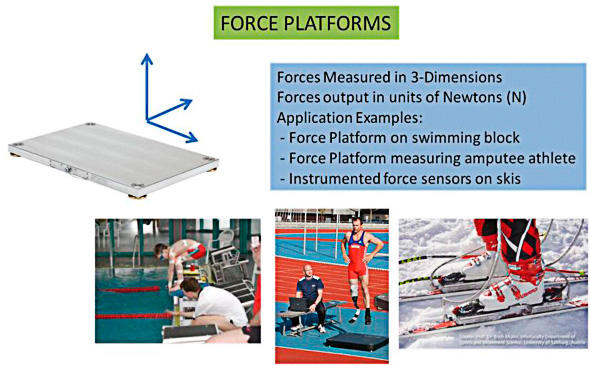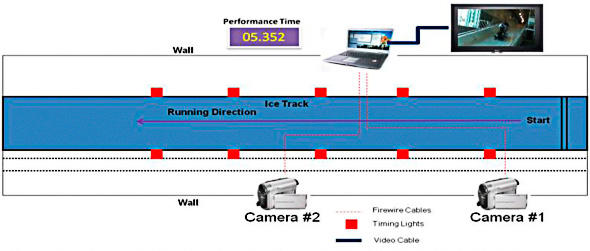Performance Analysis in Sport
Performance Analysis in Sport
Pro Stergiou (M.Sc.) & Larry Katz (Ph.D.)
Faculty of Kinesiology, Centre for Video and Performance Analysis, Sport Technology Research Lab
University of Calgary
Calgary, Alberta, Canada
Introduction
Performance analysis, as related to sport, can be defined as the analysis of data or information to help in the acceleration of athlete performance. The identification of performance indicators, repeatable methods for collection of data and the manner in which the information is analyzed, are all key factors to a successful performance analysis.
This page will describe and discuss:
- Methods for collection of performance data on athletes
- Implementation of technologies
- Extraction and analysis of data
- Centre for Video and Performance Analysis (CVPA)
Data Collection
Information can be collected with regards to athlete performance using many different technologies. Video is a technology that is becoming commonplace in the sports world. Video is used to gather information on athlete techniques during training or team play during competition. The video camera is also known as a “camcorder” and is defined as a portable device capable of recording video and audio. Figure 1 below shows an image of a typical camcorder available on market. The market is moving towards the offering of “Hi-Definition” (Hi-Def or HDV) as the standard.

Figure 1: Image of Hi-definition video camera that can be used by a coach to collect video of their athletes
Video is collected on the camcorder and is stored either on digital tape or on the memory (hard disk) on the video camera. The storage format will depend on the type of camcorder that coach is using. Video footage can be downloaded to a computer for better viewing and analysis. Computer software that is specifically been designed for analysis of sports movements can be used to view and athletes.
perform analysis of the video. One such software package for analysis of sports is called Dartfish. Figure 2 below shows an image of Dartfish Software.

Figure 2: Screenshot of Dartfish video analysis software showing video of sprinter being analyzed.
Video provides information related to the movement of the athletes. However, video does not provide information on the forces exerted on or by the athlete. Technologies such as force sensors, pressure sensors and muscular measurement devices can provide insights into the forces that are produced and act on the athlete. Figure 3 below illustrates some examples of how force sensors can be used to measure forces that the athlete is producing during movements.

Other technologies that have been used to measure athlete performance include:
- Accelerometers
- Timing Lights
- Radar Guns
- GPS
These technologies can be used to collect immediate and accurate information related to how an athlete is performing. For example, the accelerometer is a small device that can be attached to a body part or piece of equipment to measure acceleration or velocity. Similar information (velocity) can be obtained by using timing lights, radar guns or GPS technologies. Figure 4 shows examples of these technologies.

Figure 4: Examples of technologies that can be used to measure acceleration, speed, and time.
Technology Implementation
The implementation of a technology into sport for use in assessment and improvement of performance is not as trivial as one might think. Many technologies exist; however, technology must provide simple and quick information. If it is too complex and cumbersome to use, there will be immediate failure within the execution and can impact success in the overall program. An example of implementation of technologies might be the setting up of a video and timing system that will collect simultaneous video and performance time information at an indoor training venue. Figure 5 below presents the layout of such a system.

Figure 5: Layout of technology implementation for Bobsleigh/Skeleton .
Analysis of Performance Data
Once technology has been implemented and data collected on athletes, how is a coach to analyze the performance? The performance criteria (i.e., time, score, speed...) must be collected for every trial that the athlete performs. Then, the coach can look at explanatory variables (i.e., video, force...) to identify key differences between poor and good performances

Figure 6: Data analysis of starts in Bobsleigh. Performance times and video data is presented.
